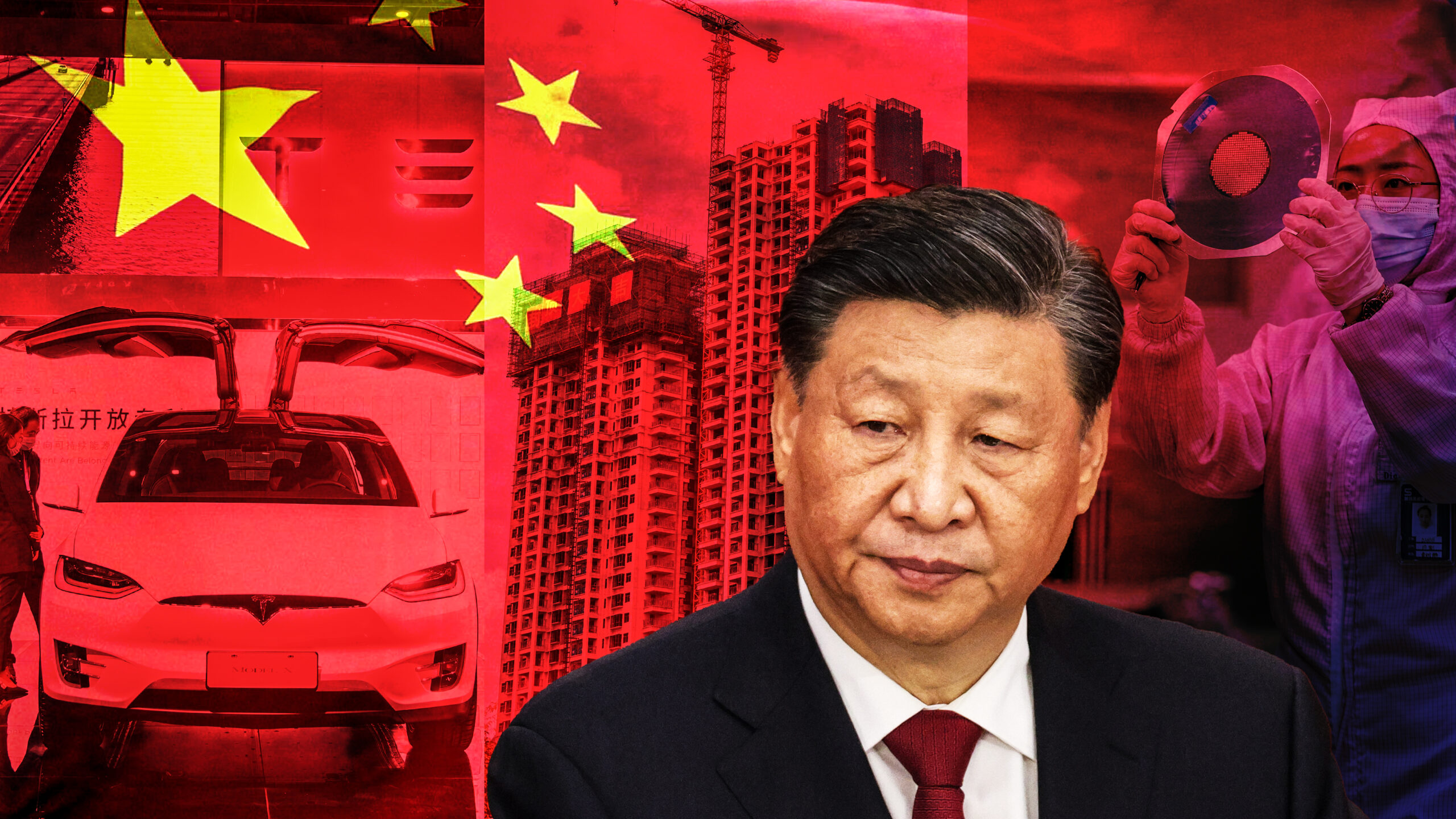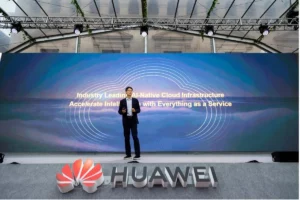Introduction:
China’s solar industry, once hailed as a beacon of renewable energy advancement, now finds itself in the throes of a financial crisis, exacerbated by a steep decline in solar wafer prices.
In recent years, China’s solar industry has been basking in the spotlight as a global leader in renewable energy production. However, behind the scenes, the sector is facing a challenging period characterized by intense price wars, production cuts, and a looming threat of bankruptcies. These issues are casting a shadow over the once-thriving solar market, raising concerns about the industry’s future trajectory.
Price wars have emerged as a significant catalyst driving the turmoil within China’s solar sector. The oversupply of solar wafers has sparked a fierce competition among manufacturers, leading to a relentless downward pressure on prices. As companies vie for market share, they resort to selling their products below production costs, undercutting each other to attract customers. While this strategy may offer short-term gains in terms of market penetration, it ultimately erodes profit margins and exacerbates financial strain across the industry.
This crisis has catalyzed a wave of bankruptcies and financial distress within the industry, prompting stakeholders to reassess strategies and navigate through turbulent waters.
In this blog post, we delve into the multifaceted response of China’s solar industry to the looming threat of bankruptcies and explore the intricacies of their efforts to weather the storm.
Follow us on Linkedin for everything around Semiconductors & AI
The Solar Industry’s Financial Struggle:
The solar industry in China is facing an unprecedented financial strain due to the sharp and sudden drop in solar wafer prices.
With costs plummeting by as much as 7.7% within a mere week, manufacturers are grappling with the challenge of sustaining operations amidst shrinking profit margins.
Compounding the problem, many solar factories are responding to the downward price spiral by implementing production cuts or operating at reduced capacities. By scaling back production, companies aim to mitigate losses and align output with diminished demand.
However, this approach comes at the expense of overall industry output, exacerbating the supply-demand imbalance and prolonging the industry’s recovery timeline. Moreover, reduced production levels contribute to job losses and economic instability in regions reliant on the solar industry for employment and investment.
Adding to the industry’s woes is the burden of mounting debt, which has become increasingly unsustainable amidst shrinking profit margins. Companies with high debt loads find themselves particularly vulnerable in this environment, as lower profitability makes it challenging to service existing obligations.
The combination of declining revenues and mounting debt payments creates a precarious financial situation, raising the specter of insolvency for many firms within the solar industry.
The situation has reached a critical juncture where many companies are operating at levels below cash costs, such as rendering them susceptible to bankruptcy and insolvency.
Impact on Manufacturers:
The repercussions of the price plunge are reverberating across the solar industry, with manufacturers bearing the brunt of the financial fallout.
Companies, both large and small, are being forced to implement drastic measures to mitigate losses and preserve liquidity.
The implications of China’s solar industry struggles extend beyond domestic borders, reverberating throughout the global renewable energy landscape. As a major supplier of solar products to international markets, disruptions within China’s solar sector have ripple effects on supply chains, project timelines, and investment decisions worldwide.
Moreover, the uncertainty surrounding the industry’s stability may dampen investor confidence and impede the transition to clean energy solutions on a global scale.
Production cuts, workforce reductions, and operational adjustments have become commonplace such as manufacturers scramble to navigate through the economic downturn.
The human toll of these measures is significant, with job losses leading to widespread economic hardship among affected employees and their families.
Read More:Did Micron Just Shock Analysts with a $204 Million Operating Income Beat? – techovedas
Strategies for Survival:
In response to these challenges, stakeholders within China’s solar industry must adopt proactive measures to navigate the current crisis and secure a sustainable future. Collaboration among industry players to rationalize production capacities, stabilize prices, and address structural inefficiencies is essential to restoring equilibrium within the market.
Additionally, policymakers should prioritize supportive measures such as targeted subsidies, debt restructuring mechanisms, and market stabilization initiatives to bolster the resilience of the solar sector and promote long-term viability.
Amidst the crisis, companies within China’s solar industry are exploring a myriad of strategies to bolster resilience and navigate through the prevailing uncertainty.
Collaborative partnerships and strategic alliances are emerging as key pillars of survival, enabling companies to pool resources, share expertise, and enhance operational efficiency.
Diversification strategies, including expanding product portfolios and exploring new markets, are being pursued to offset losses in the solar segment and reduce reliance on volatile market conditions.
Additionally, there’s a concerted effort towards debt restructuring, financial restructuring, and seeking external funding to alleviate financial pressures and stave off bankruptcy.
Innovation and Technological Advancements:
Despite the current headwinds facing China’s solar industry, there remains cause for optimism regarding its prospects for recovery and growth. The global imperative to combat climate change, coupled with the ongoing transition towards renewable energy sources, presents opportunities for innovation, adaptation, and collaboration within the solar sector. By addressing systemic challenges and fostering a conducive environment for sustainable development, China can reaffirm its position as a trailblazer in the global renewable energy transition.
Breakthroughs in materials science, manufacturing processes, and energy storage solutions anticipate driving significant advancements in solar technology, such as paving the way for increased competitiveness and market differentiation.
Read More: Top 10 Cloud Service Providers of World in 2024 – techovedas
Government Support and Policy Interventions:
The Chinese government has rolled out a suite of policy interventions and financial incentives to bolster the struggling solar industry and mitigate the impact of bankruptcies.
The government is revitalizing the sector and fostering long-term sustainability by offering subsidies for renewable energy projects, providing tax incentives for solar companies, and investing in research and development.
Furthermore, it is pursuing regulatory reforms, streamlining permitting processes, and initiating market liberalization initiatives to create a conducive environment for industry growth and innovation.
Conclusion:
In conclusion, China’s solar industry is confronting a perfect storm of price wars, production cuts, and debt burdens, posing significant challenges to its stability and viability.
However, concerted efforts from industry stakeholders and policymakers can mitigate the adverse effects and pave the way for a resilient and prosperous solar sector.
As the world increasingly embraces renewable energy solutions, the importance of overcoming these obstacles cannot be overstated, underscoring the imperative for decisive action and strategic cooperation within China’s solar industry.




